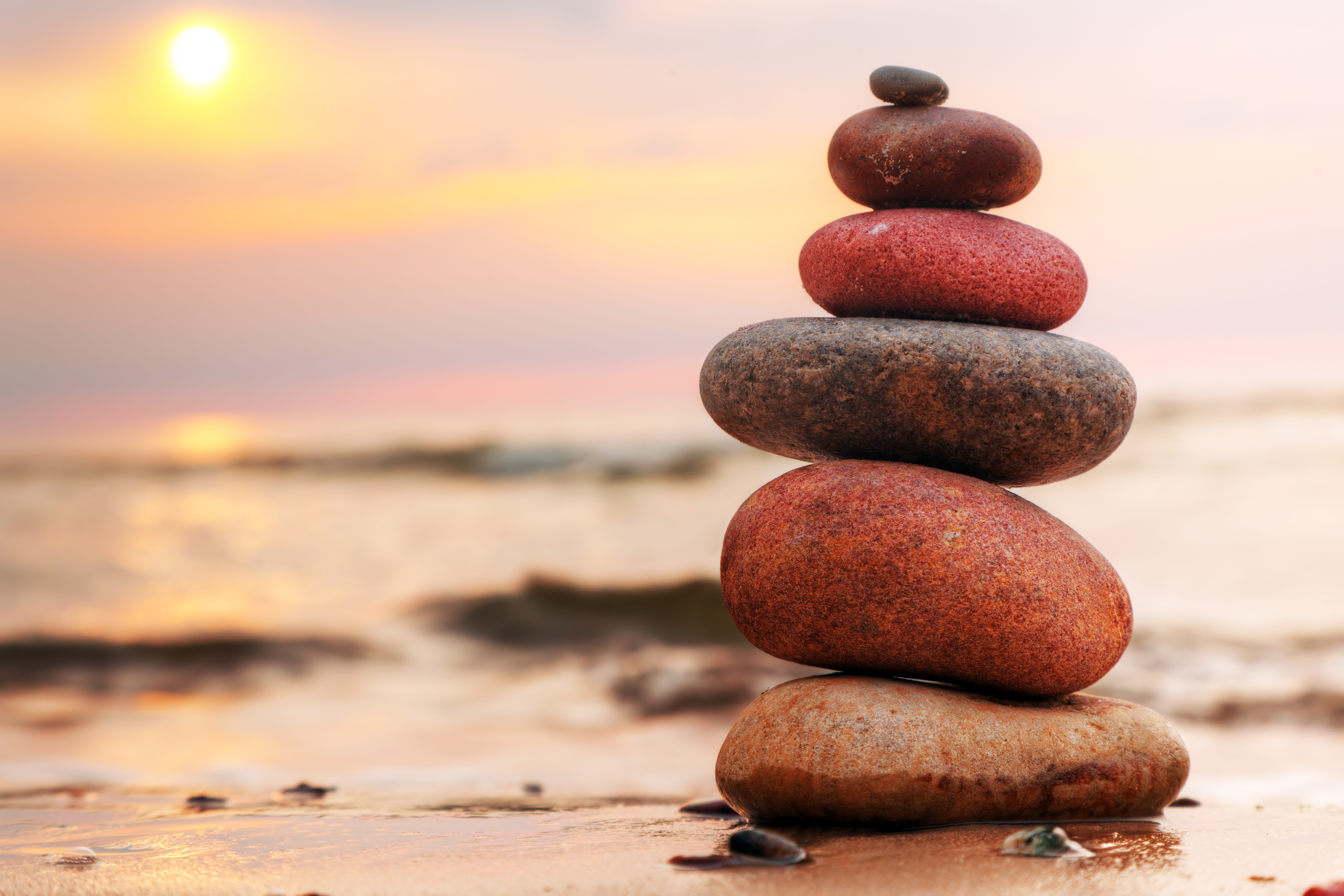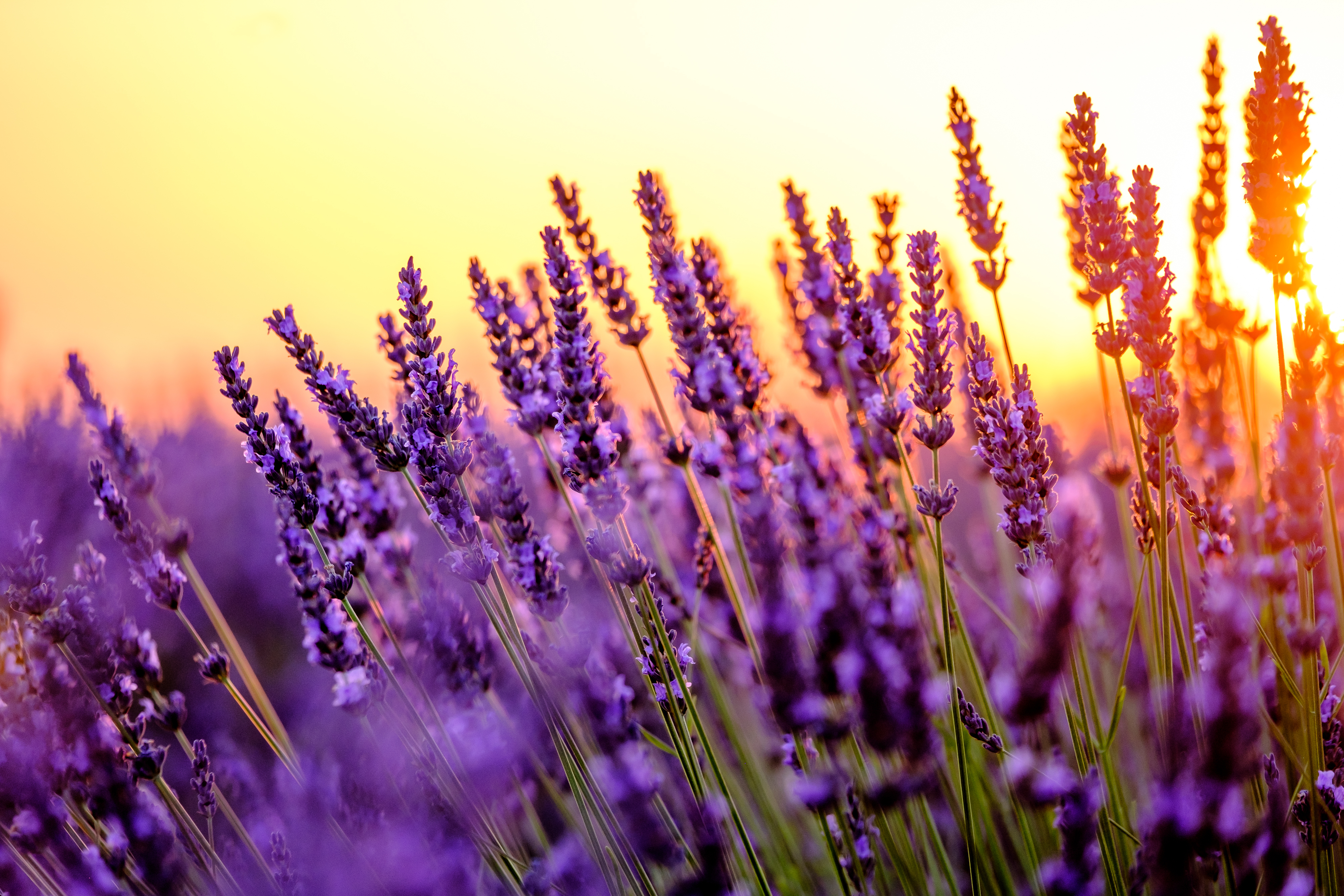Finding Healing
“The curious paradox is that when I accept myself just as I am, then I can change.” - Carl Rogers
“Like a boundless sea, we have the capacity to embrace the waves of life as they move through us. Even when the sea is stirred up by the winds of self-doubt, we can find our way home. We can discover, in the midst of the waves, our spacious and wakeful awareness.”
-Tara Brach
Self-Compassion and Mindfulness
Often times, we are our own harshest critics. What if we choose to be tender, patient and compassionate with all parts of ourselves? Embracing our whole selves leads to freedom from judgement and freedom to be and feel fully alive. Practicing radical acceptance and self-compassion can be challenging at first, but like anything, the more we practice, the more this way of being becomes integrated into our lives. That is not to say that it is without challenge, but when we begin to meet challenge without judgement, but rather a noticing and accepting, it becomes more and more manageable. Mindfulness is integral to this process as it consists of noticing and awareness. John Kabat-Zinn, a leader in the field of mindfulness research and education, defines mindfulness as “awareness that arises from paying attention in the present moment nonjudgmentally.” While this is easier said than done, it is a practice that can shift the way we experience ourselves and the world and can foster emotional regulation and begin to bring more balance to one’s life. In speaking about present moment awareness, Deepak Chopra states, “The present moment is a place of hope because it is the only place where change can happen. Yesterday and tomorrow are only ideas.”
Trauma and Resiliency
I commonly hear people ask if what they are experiencing qualifies as trauma. When we view trauma as anything that overwhelms a person’s capacity to cope, it is probably safe to say that we all have experienced trauma at some point or another during our lives. And while each individual’s experience of trauma and ability to cope with a particular trauma varies, trauma is a natural part of life, and thus, our minds and bodies are designed to heal from extreme experiences. In other words, human beings are resilient. You are resilient. Problems arise when a traumatic event leaves us in a constant state of arousal-stuck in our fight, flight, or freeze mode. Our resiliency can be undermined by multiple traumas or bolstered by positive support systems. As we learn more and more about the brain through neuroscience, we are uncovering effective ways of calming the brain and restoring balance.

“I am not what has happened to me. I am what I choose to become.”
– Carl Jung

“To break free from the cycle of rumination, negative self-talk and competition, you merely need to come back to the body. When we tune into and get in touch with the sensations in our body and focus on our breath, we are able to activate the parasympathetic nervous system and find moments of calm. These moments have a miraculous ability to expand ever greater with practice. Movement helps us to get out of the thinking mind and into the intuitive body.”
-Rochelle Schieck
Creativity and Movement
People often wonder about the role of expressive arts and movement in therapy. One reason to use expressive movement modalities is that movement helps us to get out of the thinking mind and into the intuitive body that knows how to heal. Movement is just one expression of creativity and I believe that we are all creative beings and that tapping into our creativity is a priceless and valuable tool on the path toward wholeness. Just as movement allows us to shift away from the thinking mind, so does the process of creating. When we are able to delve into the process of creating for creating’s sake without focus on or judgement of the end product, we are able to access tools for healing that are rarely achieved by talking alone. In our society we are often fed the myth that there are creative types and non-creative types, and that people fall into one of these two categories. The messages that we are fed from an early age have led us as a society to abandon creativity and play and to fail to see their value. But humans have been creating for generation after generation and simply put, to be human is to be creative and to be creative is to be human.
Cultivating Self-Care and Flow
In our busy lives, we often forget to make time or struggle to find time to slow down and take care of ourselves, which can lead to anxiety, stress, exhaustion and depression. Increasing our awareness of the mind body connection and integrating brief self-care practices into our daily routines can begin to bring about positive shifts. Taking time to pause, tune in and be present with ourselves for even just 5 or 10 minutes a day will begin to bring about positive change over time. And the more we practice self-care, the easier it becomes. It can truly become second nature.
What does self-care look like? Self-care can take on a variety of different forms and there is no one right way to practice self-care. The key is finding something that you enjoy, that allows you to be present and that leaves you feeling fulfilled rather than drained. This may be walking, visiting with a friend,meditating, yoga, or enjoying a good cup of tea. It may be drawing, painting, listening to music, or singing or any other number of things. The key component that self-care practices share in common is that they allow us to be present in the moment and to get into the “flow.” Flow is the mental state during which one is fully immersed in a feeling of energized focus and enjoyment in the process of an activity. When we are in a state of flow, there is no resistance and we are able to simply be present. Maintaining presence is certainly challenging amongst the demands of day to day life, but creating space for moments of presence and tapping into activities that allow us to be present, to engage in carefree play, and feel a lightness, even when done in small doses can make a world of difference in improving our ability to come back to calm and presence in the midst of the stresses and chaos that we often encounter in our modern lives.
Can you think of a time or times when you have experienced flow? What activities allow you to get into that mental state and be present? What are some ways you can begin creating more opportunities for flow and presence in your daily life?

“Remember how as a child you were totally absorbed in playing, how you looked with fresh eyes at everything. That freshness and lightheartedness is the basis of hope and still exists inside you right now ready to be revived.”
-Deepak Chopra
